Everything Old News is News Again
/Style is to Substance as:
Form is to Content, as:
Soft-headed is to Rigorous, as:
Acting is to Honesty, as:
Rhetoric is to Truth.
Common associations. Let’s inspect them. Maybe it's time for an update.
************************************************
A few days ago, at my second annual faculty meeting, I am introduced to a senior faculty member, whom I remember from the year before, but did not meet face-to-face. Upon learning, that I coach public speaking, he remarks cordially, « I bet I could work on that! ». For some reason, I always feel put on the spot by this response, (even though it’s not an uncommon response when people learn that I work on voice and speech). I acknowledge his comment politely (I hope), and then we chat a bit: I confirm my recollection that he is a finance professor (finance people, I’ve learned are anxious about communicating their expertise to people who are not in finance). Then, I recall his cordial remark from a few moments ago, and as I’m taking this in, the dean is starting the meeting, and my new acquaintance, he says: « I was watching this guy give a talk the other day, and he spoke so well that I stopped hearing what he was saying…I guess, that’s the danger… » I didn’t have time to come up with a response then, but what to make of this?
************************************************
My first take: Is he teasing me? A little, I think. Is he inviting me to conversation? I think so, because of that initial, « I bet I could work on that! ». And he is, I think, expressing a certain uneasiness about the tension between personal presentation and authenticity. My colleague was distinguishing himself as someone concerned with substance over style: finance, not frippery. And yet…He’s a teacher, so he has to be concerned with how he communicates. But what kind of person would that make him, to self-conciously work on how he’s communicating, rather than the substance of his communication? What sort of person risks being heard and admired without being understood?
************************************************
My second take: the exchange is a thin slice from a very long dialogue. In Gorgias, Plato/Socrates likens rhetoricians to cooks who have no concern for the healthiness of their cuisine: they are apt to make bad arguments taste as good, or better, than valid ones.
Yet the ideas that stick, that nourish us, that have an impact, are delivered in well-considered forms. We’re familiar with the recipes: Proverbs, verse, and story; Elegant equations. They embody character and ideas - revealing and shaping the world as it is at the same time.
We all desire to be heard and understood. Especially those of us who like to teach, or to lead, (which requires learning and teaching simultaneously). I like Deirdre McCloskey’s response to this perceived gulf between style and substance, from The Rhetoric of Economics, (2nd ed.):
« Rhetoric is not everything, but it is everywhere in the speech of human persuaders ».
So, why not embrace it, instead of holding it at arm's length? Or pretending that it isn’t even in the room?
************************************************
My final take, (with apologies to the imminently cliché « the take away is… »):
How we argue with, persuade, and inspire our audiences, whether it is with data or with metaphors, is bound up with our character. Aristotle called it ethos. Sounds like old news. But, when John Zimmer and I teach Public Speaking and Presence to our next batch of executive MBAs, at UNIL, John will put ethos front and center as he teaches how to prepare a persuasive appeal. And I'll have my own two cents to add about character. It’s the one constant, the ever present part of any appeal. This hasn’t changed. It won’t change as long as we want to share our learning and get people to act on our ideas.
Rhetoric, in common parlance, in newspapers and in the mouths of commentators tastes bad, it smells of manipulation. « Acting », « Performance », these words, too, when not referring to a staged event or sports, often carry the same taint.
However, rhetoric and performance, once at the center of education, now often neglected, has been getting a lot of attention lately. In business schools and executive training, rhetoric has re-emerged under the yet-to-be sullied headings, executive presence, leadership presence. It is also grudgingly accepted under the condescending rubric, « soft skills », that harkens back to the old analogies and Platonic suspicions. Those who really consider such matters "soft" are mistaking rhetoric for a fascination with smoke and mirrors, rather than seeing the harder truth: Rhetoric is holding up the mirror to our own characters and our own persuasions, so everyone can see.

